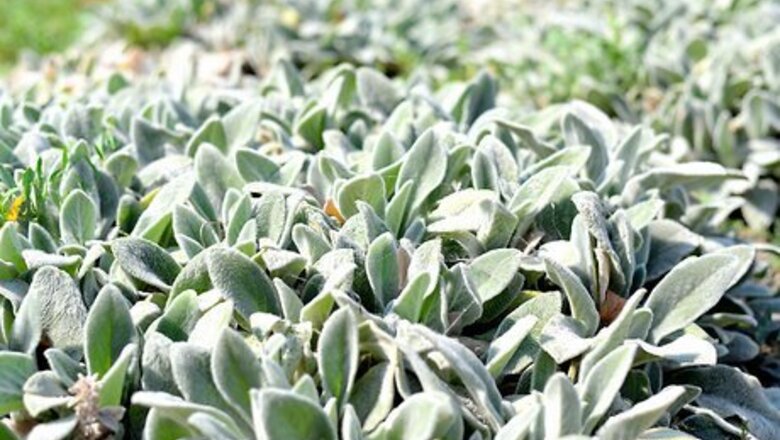
views
Using Fresh Sage
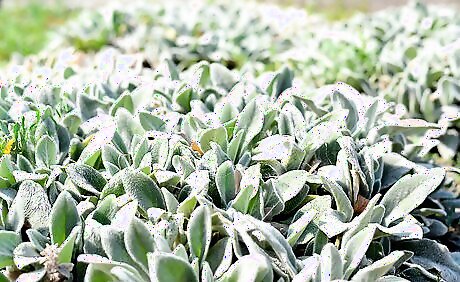
Grow the sage. You can purchase either seeds or young plants at a garden center. Sage can be planted in a garden or potted.
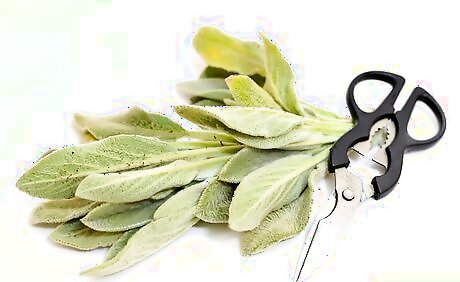
Harvest the sage. When the plants have matured, cut young, tender stems with small leaves from the sage plant with a pair of garden scissors.
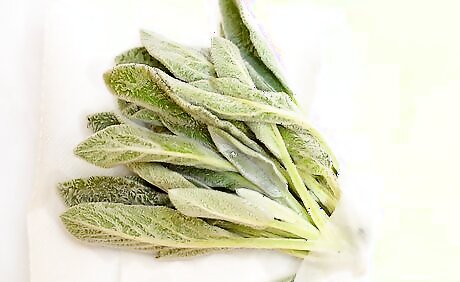
Clean the sage. Rinse the sage stems under cool, clean running water. Pat dry with a paper towel.
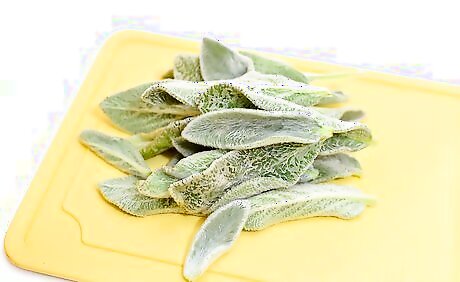
Separate the leaves from the stem. Use your fingers to remove the sage leaves from the stem.
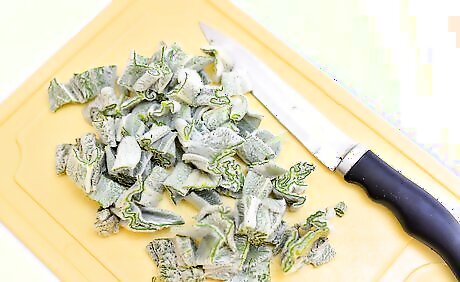
Add the sage to your dish. Use the whole leaves or chop them into smaller pieces, depending on the recipe's instructions.
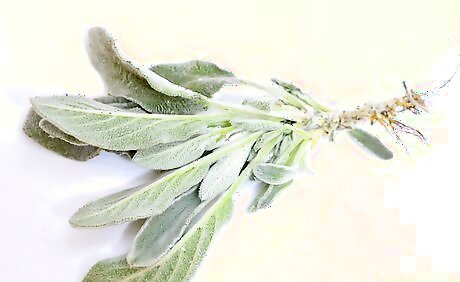
Store excess sage. If you cut more sage than you can use, store whole sprigs in a glass of water in the refrigerator for up to 3 days.
Using Dried Sage
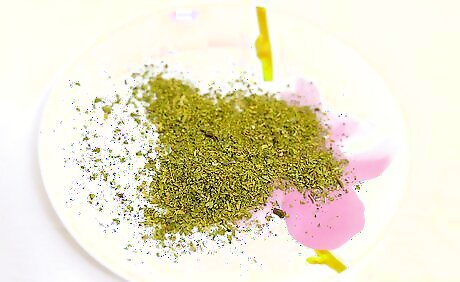
Purchase dried sage. It is available in the spice aisle of your local grocery store. Check the expiration date before you purchase it.
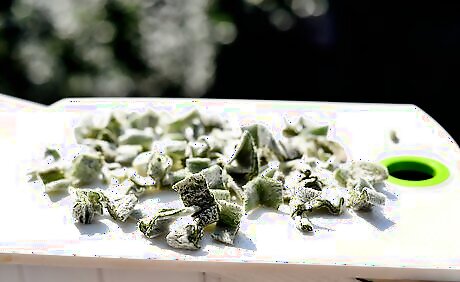
Dry your own sage. If you don't want to buy dried sage or if you have excess fresh sage, try drying it yourself. Cut young, non-woody stems off a sage plant with garden shears. Cut in the morning after the dew has dried. Band several stems of sage with rubber bands. Hang bundles in a dry, warm place to dry. Carefully remove dried sage leaves when they are crispy. Crumble the leaves to fine pieces.
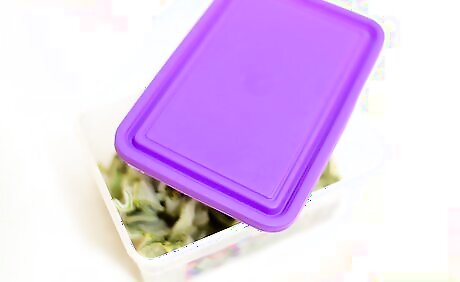
Store excess. Store dried sage in a cool, dark place in a tightly closed container.

Add sage to your recipe. Measure dried sage carefully and use the amount called for in a recipe, as sage is a strong herb.
Using Sage in Recipes
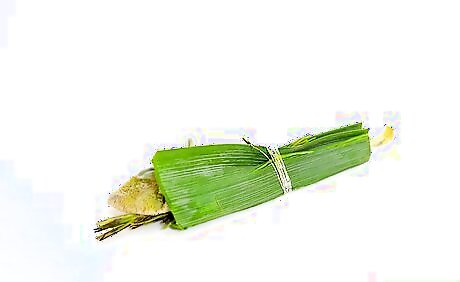
Make bouquet garni. To do so, combine 1 tablespoon of chopped leaves from these herbs, sage, rosemary, thyme, tarragon, and marjoram. Use in a spice ball or tie in cheesecloth to season soups, sauces and stews.
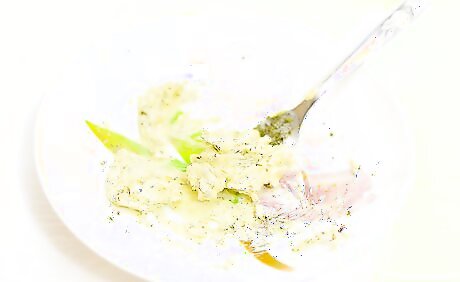
Make sage stuffing. Combine 1 teaspoon of dried sage, 1/4 teaspoon salt, 1/4 teaspoon pepper with 1/2 cup of melted butter or margarine. Toss seasonings with 6 cups dried bread cubes, 1/2 cup of chopped onion and 1/2 cup finely chopped celery in a large bowl. Use to stuff chicken or turkey before roasting.

Make sage sausage. Add 1 tablespoon finely chopped fresh sage or 1/2 teaspoon dried sage to each 2 pounds of your favorite sausage recipe.
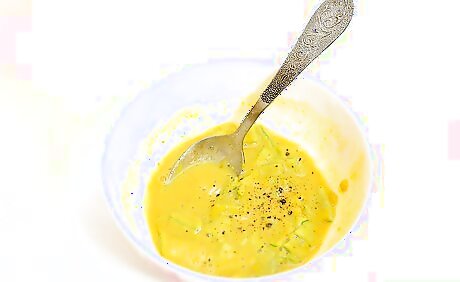
Make orange sage marinade. To do so, blend 1/4 cup unsweetened orange juice, 2 tablespoons (29.6 ml) lemon juice, 1 tablespoon minced fresh sage, 3 tablespoons brown sugar, 1 teaspoon salt, 1/4 teaspoon pepper and 1/2 cup Dijon mustard in a large bowl. Then, marinade up to 3 pounds of boneless chicken or pork pieces in the mix for 1-3 hours (in the refrigerator) before grilling or broiling them.
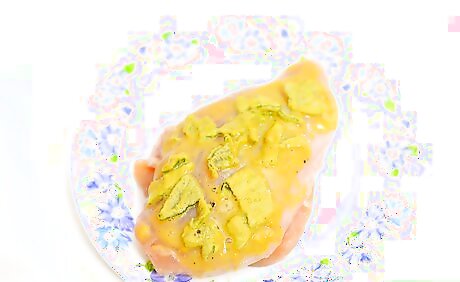
Season baked chicken. Lightly coat a whole chicken or chicken pieces with oil or melted butter. Then, sprinkle on chopped fresh sage, rosemary, and marjoram with salt and pepper to suit your taste before baking the chicken.
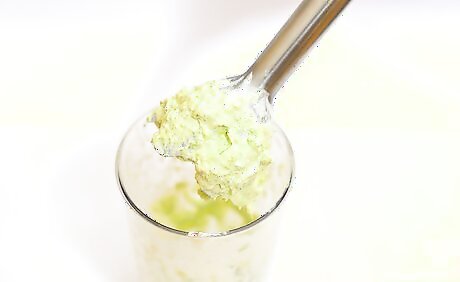
Make sage dip. Combine 1- 8 oz. package of cream cheese, 1/3 cup sour cream, 1/3 cup grated parmesan cheese, 1/4 cup mayonnaise, 1 tablespoon (14.8 ml) lemon juice, 2 tablespoons chopped fresh sage leaves, and 2 tablespoons fresh chopped celery leaves in a food processor and blend until smooth. Then, place in a bowl and refrigerate 5-8 hours to blend flavors. Serve at room temperature.


















Comments
0 comment